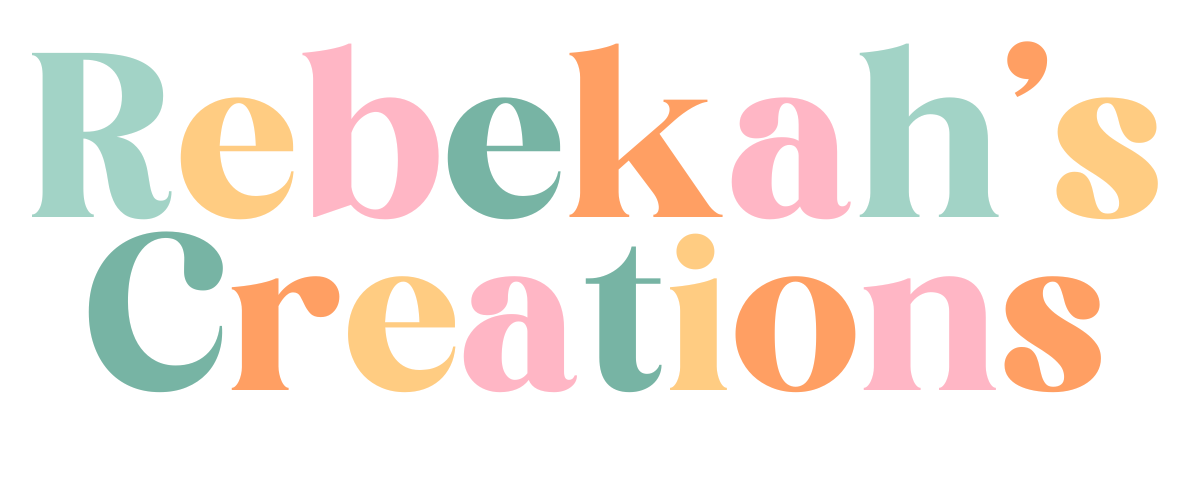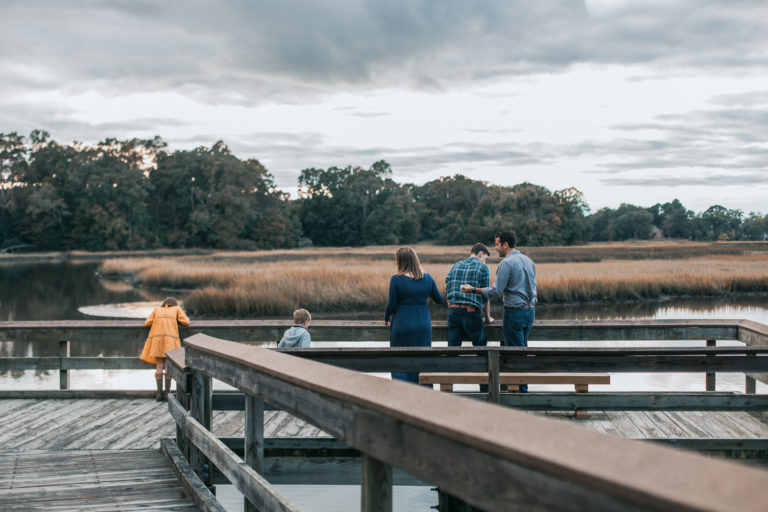Anything that save me time out of my workflow is a God-send for me, and so I thought I would start blogging about little tips, tricks and time-saving techniques I use to make things a little bit easier on myself as a creative. I hope you can benefit from these tips, so give a shout out if you have any requests or this helps, I would love to hear from you.
Instagram Hashtagging
There is a handy little feature on your smartphone that allows you to do something called text replacement. It was intended for you to create abbreviated phrases for your texting to save time. The cool thing about it is that it also works with you inputting a very long phrase or string of text – like your most used hashtag string for Instagram. Pretty useful, huh?
I have an iPhone, so here are the instruction on how to set that up for Apple devices – it also work on your Mac too!
In Settings, go to General > Keyboards > Text Replacement. This is the area of your phone that allows you to add, edit and browse your abbreviated phrases. Some come already created, so you can see how to process works. Now, the simplest way to make sure all the hashtags you would like to input as the phrase are correct, simply copy them or type them into a note file on your phone and then copy and past the set of text. Make the shortcut phrase something that won’t be used expect for this but also something you will remember. I made mine very simple “hashtags” – and it replaces that shortcut with
#Rebekahheffingtonphotography #suffolkvaphotographer #suffolkvaphotography #hrva #hamptonroadsphotographer #virginiaphotographer #couplesphotographer #familyphotographer #virginiaweddingphotographer #weddingphotographer #naturallightphotography #lifestylephotographer #risingtidesociety #lookslikefilm #virginiacouplesphotographer #photographyislifee #portraitphotographer #naturallightphotographer #vbphotofanatics #portrait #insta #canondslr
So for me when I type this on my phone, iPad or laptop, it will automatically pull up something that looks like an autocorrect bubble and then i just hit enter or space and it will literally replace the text. Simple, fast and so easy to change.
There is a way to do this with other smartphones such as android and windows. Simply google ‘text replacement’ and your phone’s name and you should get directions on how to set it up on your individual device.
Easy Invoice/Invoice Catalogue Creator in Excel/Google Drive
Recently I have ben utilizing my Cloud Store on both the Adobe platform that comes with my CC Subscription (more about these cool features in another post) as well as my Google Drive, since my domain and business emails are thru them. Google is a pretty awesome platform, with a cloud drive that allows for storage and then integration into its editing tools for documents, spreadsheets and presentations. Plus the ability to create shared files with ease and I am loving it as a free business resource.
One thing I have been getting better at this year is the back end of my business – milage tracking, customer management, lead tracking, SEO for my website and working to integrate all my platforms into one cohesive system. During this process, I have go back to basics after finding that I don’t like the current Customer Management Software platforms, simply because I do not have a big enough client base to warrant that level of automation. That being said, I have found my own way of getting myself organized.
I have been using Square for my Client Invoicing and Payment method, as well as Inventory Catalogue. So I looked into ways to utilize that platform more, since there are more features within their system. In doing so I discovered they have an easy way to input your entire catalogue of services, products and discounts – simply from making an excel sheet that then is uploaded into their system and they take over creating individual listings. So much time saved!
It also works with their online store front feature, and saved so much time for the process of me launching my online store with 100 logo branding sets. After that, all I had to do was upload the images.
It also got me thinking about how much I am charging and am I charging enough for my time. Sticking with the excel theme, I made a spreadsheet in my Google Drive that allows me to set the prices per using or hour of my services, products, and add ons, then it calculates the hours, or quantity plus markup and give me a total. I also added in a part that shows me net profit and also had it auto calculate the package price plus taxes. At the bottom is a payment scheme where I can break down the retainer/booking cost and the remaining balance which can then link into a leads/clients spread where I keep track of last date of contact, services provided, payment dates, as well as contact and social media information.
Email me if you would like a link to this template.
Digital Business Card
I know, I know, physically business cards are a great thing, wonderful for raffles, info packets and something that a potential client can hang onto. I use them, but I have an alternative was of giving people my business information, for those times you don’t have a card. It’s an app called Bizz Card. It’s free to use, and 99¢ to remove the Bizz Card branding. What this app does, is it gives you the ability to create a digital business card that you email to people. In the email, it gives them all your links already hyperlinked, creates a VCF contact that they can add directly to their phone’s contacts, allows you to have a pre done welcome email to them, and allows to to cc yourself for their email address to follow up and track leads.
I love it, because I can change the image on the ‘card’ any time I want, and they get that card too in the email.
So check it out, and give it a try. It’s free so that is always great.
Working in both LR and PS seamlessly
I know that figuring out a new software can be a challenge, so when you hear that Lightroom is compatible opening the edited raw file to Photoshop, do layered and retouching work on it, and then pulling it back into LR with all those edits still there is a great solution to bridging the gap.
So how exactly do you make the ‘round trip’ with Lightroom?
Starting off, the awesome thing about Lightroom, is that is is a great combination between Bridge (Adobe’s cataloguing system) and a more user friendly version of Camera Raw. You have several different modules you can toggle between, I only use three on a daily basis.
- Library | Cataloging, Tagging, Sorting, and Culling area
- Develop | Editing, with ability to compare, rank and further sort as needed
- Print | Creating content for print, proofing or digital viewing
So by starting in the Library area, you would first import the images you would like, and during that precess, can add an auto import meta data tagging, as well as group tagging to the images before they even hit the program, as well as creating a collection set for them to be housed in, and then even rename them. All this before you even have imported and touched the images. A cool feature I use at this point is smart preview, which allows me to have ‘added’ preview images to my Library catalog on my laptop, while the original raw are linked but not taking up space on my hard drive. You have 100% editing control over the previews, however you cannot export them without the drive or folder with the originals linked to the computer so it can be found.
From there, I start my basic culling and can flag, star, and reject images quickly. Compare made and ranking sort are awesome tools, and make life a lot easier for culling. Once I have my images narrowed down, I toggle over to the Develop Module. It look like an expanded version of Camera Raw, with the easier options of making and use presets, that you can then stack for different looks, as well as make snapshots of the different looks or make virtual copies to have the duplicate in BW (allowing it to export two files without repeating an export process). The history feature is much like Photoshops, and lets you jump back as needed.
Now comes the awesome part. Editing in Photoshop.
Simply right click on am image in the bottom thread of images in the collection. From there, hover over the ‘Edit in’ option and a menu will pop out saying edit in Photoshop (X). Simply click that and Lightroom will package the image and send it over to Photoshop.
Once there you will have a background image that you can work in adjustment layer and do all the normal editing/retouching in Photoshop. When you are done, simply use the key command for save. Do not try to export or save as, that will mess up the process. GO back over to Lightroom, and you should have the original image with the LR edits, and then a Virtual copy right next to it, of the LR + PS edits.
Neat huh? And it all stays linked in LR for cataloging, and you can export straight from there too! Let me know if you decided to give this workflow a try. It’s not for everyone, but having it all in one program works great for me.
How to Use LR Preset in PS Camera Raw
Finally, my last tip of the day. Turning LR Presets into ACR Presets for PS. It is a similar process to the LR to PS back to LR idea, so that is why this tip come last in my blog post. First, this is a great method for layered presets in on go, which saves a bit of time when Camera Raw had you apply one preset, duplicate the layer and then apply the next preset. If you want to have the one click preset ease of your favorite LR presets right in PS, then this is the process for you.
Start with a SOOC image and then apply all hand edits, presets and tweaking you want. Then right click on the image from the bottom threat and got to “Edit in” > Open as Smart Object in Photoshop. Once Photoshop opens, in your Properties box, click “Edit Original”. This will launch the camera raw editing tool. All the corrections you made in LR will be right there and simply go over to the preset tab and create and name your new preset. The only issue I know of with this method is the gradient and radial layers will not transfer and save. A small thing you can fix once you are in Camera Raw.
I know I use this method for making presets for fellow creatives that don’t use Lightroom, as well as a good backup for me, if I decide to not continue with the Creative Cloud. I own PS CS 6 as well as LR 4, so it’s a nice backup incase an update has issues and I need to work on images for clients.
Well those are my 5 Timesaving Tips for Photographers! Stay tuned for more Tip Tuesday Blog Posts and let me know if you use any of these tips and how they work for you. Also if you have a request or an idea, send me a message and I would love to work on incorporating them into my Tip Posts.



